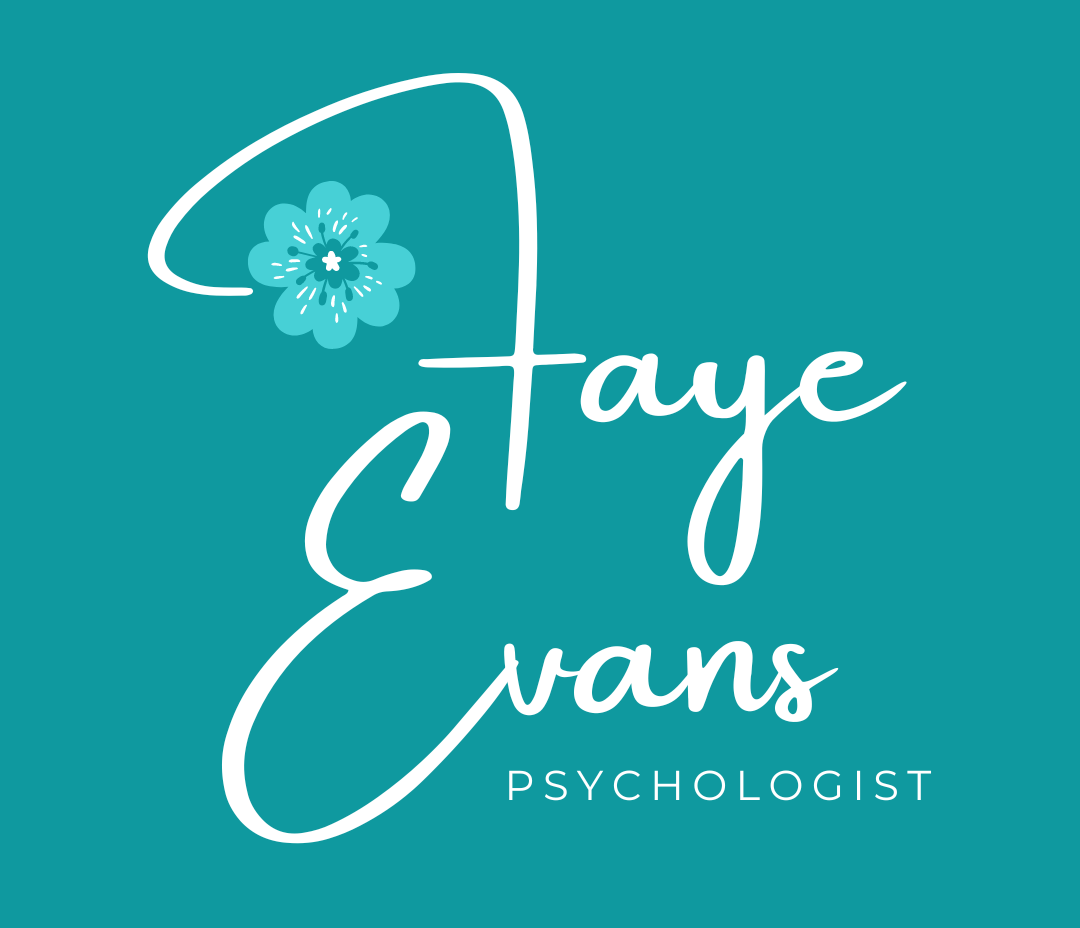In moments of overwhelm, shutdown, anxiety, or panic, it’s easy to think something is wrong with us. We might feel hijacked by our emotions, unable to cope, and flooded with self-judgement. But what if we reframe these states not as signs of brokenness, but as intelligent responses from a nervous system that is doing its best to protect us? From a trauma-informed, neurobiological perspective, the stress responses we experience: fight, flight, freeze, and fawn, are not flaws. They are evidence of a beautifully adaptive system, shaped by experience and wired for survival.
The nervous system is our body’s internal security system. It scans the environment, often unconsciously for signs of safety or danger through a process called neuroception, a term coined by Dr. Stephen Porges, founder of Polyvagal Theory (Porges, 2011). Unlike perception, which is conscious, neuroception works beneath our awareness. It assesses whether we feel safe enough to socialise, or if we need to respond to danger or shut down completely. These responses are automatic, deeply ingrained, and not decided consciously, yet they influence how we think, feel, relate, and behave at every moment.
When we feel safe, we are in what Polyvagal Theory describes as the ventral vagal state, a balanced, connected, and calm condition where social engagement, creativity, empathy, and clarity flourish. However, when our system perceives danger, even subtle or symbolic threats (such as rejection, pressure, or conflict), it may switch into sympathetic arousal (fight or flight) or dorsal vagal shutdown (freeze or collapse). These responses are not mistakes. They are survival mechanisms, encoded through our evolutionary biology and influenced by our lived experiences.
Understanding this shifts the story from What’s wrong with me? to What happened to me? It’s a crucial reframe in trauma-sensitive psychology that fosters both insight and compassion. Many people who grew up in unsafe, unpredictable, or emotionally neglectful environments have nervous systems that are more sensitive to threat cues. This isn’t a weakness; it’s a form of neuroadaptation. Your system learned what it needed to do to keep you safe.
For example, someone who dissociates in conflict might have learned early on that emotional disengagement shields them from chaos. Someone who feels anxious around authority figures may carry a legacy of criticism or fear from childhood. These responses make perfect sense when viewed through a compassionate, biopsychosocial lens. They are not signs of brokenness; they are signs of intelligent, embodied resilience doing its best to protect the whole.
When we move from self-blame to self-understanding, something begins to soften. We stop pathologising our patterns and instead build a new relationship with them. In therapy, this is often the first step: learning to observe the nervous system, noticing when we are in a survival state, and supporting ourselves back into regulation, not through force, but through care.
This is where co-regulation becomes crucial. Before learning to self-regulate, we need to experience regulation with another person. A calm, attuned presence, be it a therapist, parent, or trusted friend, can serve as an anchor for the nervous system. This process, reflected through eye contact, tone of voice, and non-verbal cues, helps signal to the brain that it is safe to return to the present moment. Over time, these repeated experiences build the foundation for self-regulation, the ability to soothe ourselves internally without shutting down or spiralling.
Nonetheless, it’s important to understand that regulation isn’t about always feeling calm. It’s about the ability to shift between different nervous system states with awareness, flexibility, and support. In fact, a healthy nervous system isn’t one that avoids stress, but one that knows how to recover. This is the core of resilience: not the absence of adversity, but the ability to repair.
Neuroplasticity research shows that we can reshape the patterns of our nervous system throughout our lives (Siegel, 2007). By practising mindfulness, breathwork, somatic experiencing, yoga, EMDR, and compassionate inquiry, we can expand our window of tolerance, the range of arousal within which we can function effectively without becoming overwhelmed or shutting down (Ogden et al., 2006). Every time we observe our state with curiosity instead of judgment, we reinforce neural pathways for safety and self-awareness.
Language holds great importance here. Instead of saying I had a breakdown, we might say my nervous system went into shutdown. Instead of being irrational, we could say I was in a protective state. This gentle rephrasing begins to de-shame the experience of stress and helps us relate to ourselves in a more integrated way. We shift from seeing ourselves as the trauma to recognising that we are holding trauma responses; responses that make sense given what we’ve lived through.
One of the most powerful truths we can hold onto is this: you are not your nervous system state. You might feel anxious, shut down, enraged, or numb, but underneath that, you are still whole. The nervous system may fluctuate, but your worth remains the same. And in those moments when regulation seems out of reach, the most healing thing we can do is show ourselves compassion, not correction.
Self-compassion is a form of regulation. Research by Dr. Kristin Neff indicates that even brief practices of self-compassion can lower cortisol and boost heart-rate variability, a vital sign of nervous system balance (Neff & Germer, 2013). Placing a hand on the heart, speaking kindly to ourselves, or reminding ourselves that this is tough, and I’m doing my best, these are not just clichés. They are biological interventions.
Your nervous system may have been shaped by stress, trauma, or chronic survival, but it is not fixed in that form. It can heal, re-pattern, and re-wire in significant ways. The initial step is this reframe “you are not broken. You are responding.”
And that response deserves tenderness, not shame.
References
Neff, K. D., & Germer, C. K. (2013). A Pilot Study and Randomized Controlled Trial of the Mindful Self-Compassion Program. Journal of Clinical Psychology, 69(1), 28–44.
Ogden, P., Minton, K., & Pain, C. (2006). Trauma and the Body: A Sensorimotor Approach to Psychotherapy. W. W. Norton & Company.
Porges, S. W. (2011). The Polyvagal Theory: Neurophysiological Foundations of Emotions, Attachment, Communication, and Self-Regulation. W. W. Norton & Company.
Siegel, D. J. (2007). The Mindful Brain: Reflection and Attunement in the Cultivation of Well-Being. W. W. Norton & Company.

